Cereus Peruvian: description, subtleties of planting and care
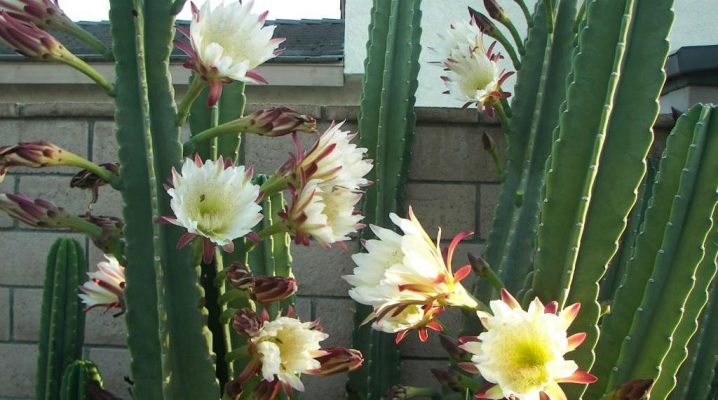
Cereus is a prominent representative of the cactus family. Russian flower growers appreciate it for its fairly rapid growth, large size, and unusual appearance. So, for growing at home, a certain variety of it is suitable - Peruvian cereus. We will talk about the rules of planting and leaving in the article.
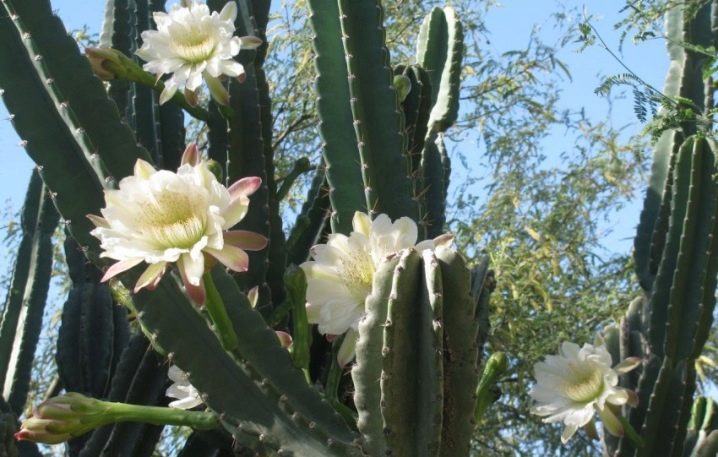
Characteristic
Cereuses are long-livers by nature: life expectancy reaches 300 years. In shape - tree-like, branched, strongly bushy. This form is called monstrous. It grows in height up to 20 m. The root system develops powerful. Areola large, covered with felt. The flower spines are hard, their length is 3 cm.The central spines are in the form of an awl, much more - 10 cm.
The flowering period of the cactus is in May or early June. Disclosure of most species occurs at night. By the way, the flowering is very short - wilting occurs within a day. It is for this reason that it is difficult to achieve mass disclosure of cacti at home.
For the Peruvian Cereus to flourish, favorable conditions are necessary. There are only two of them: a long daylight hours and a rest period.

The flowering of the "Peruvian" may not come for several reasons:
- bad light;
- the room is rarely ventilated;
- improper watering;
- lack of flowering in young specimens;
- rest mode is not observed;
- violation of recommendations for winter care.
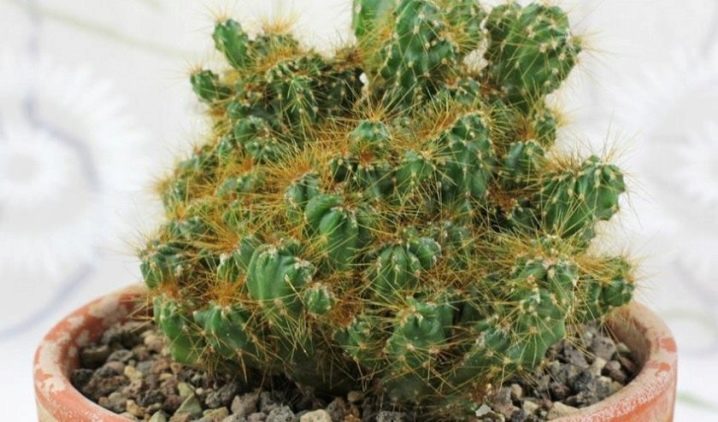
The opening of a flower is greatly influenced by light.
It is good if the place in the house is sufficiently illuminated by the sun's rays, otherwise you can use an additional illumination - a lamp.
In addition, the "Peruvian" needs a certain amount of moisture in order to safely survive the low temperatures (autumn-winter season). When the cereus blooms depends on the care and maintenance. Usually this moment falls on the last days of spring, as well as summer or autumn. Just in the ripening period, the fruits turn red, sometimes yellow, and their size reaches 10 cm. They are distinguished by smoothness and pleasant aroma. By the way, the fruit of the Peruvian cactus is edible.
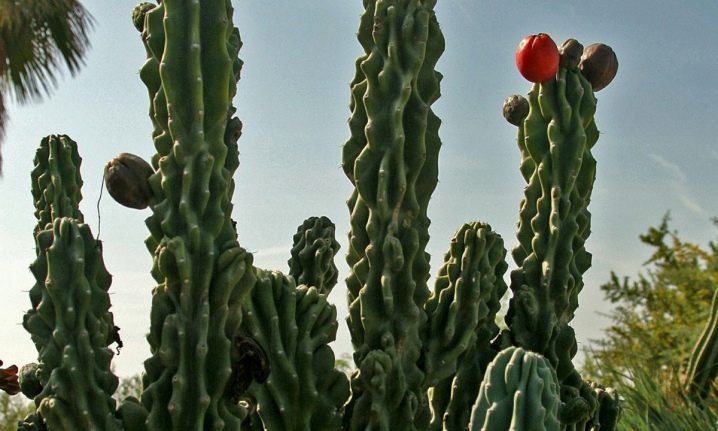
The main characteristics of this variety:
- the maximum height is 12 m (such specimens are more often found in the wild, while domestic ones grow up to 2 m);
- the shade of the flower is white;
- form - monstrous;
- the fruit is round in shape, the shade is yellow or orange;
- seeds are black;
- deep dissection of the stalk (6–8 ribs);
- the smell is specific, strong.

Care and reproduction rules
Cereus are fairly unpretentious plants. Having planted a flower in any kind of soil, there is no doubt about its growth. In addition, these cacti have a unique ability to adapt to the surrounding climate.
You can enjoy a beautiful flower on your windowsill if you follow important care recommendations.
Lighting
Provide as much light as possible, preferably natural.
Therefore, experienced gardeners are advised to put the pot on the south or southeast side.
At the end of the wintering period, it is important to gradually accustom to the sun exposure.
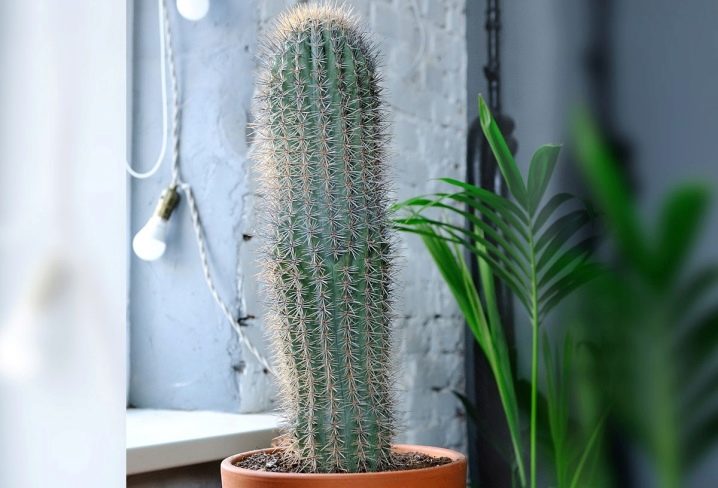
Temperature
The variety tolerates heat, drought, temperature fluctuations. Wintering begins already at 8-10 degrees. Fresh air has a positive effect on growth, therefore it is recommended to put Cereus on the balcony in the summer and in the first autumn days.
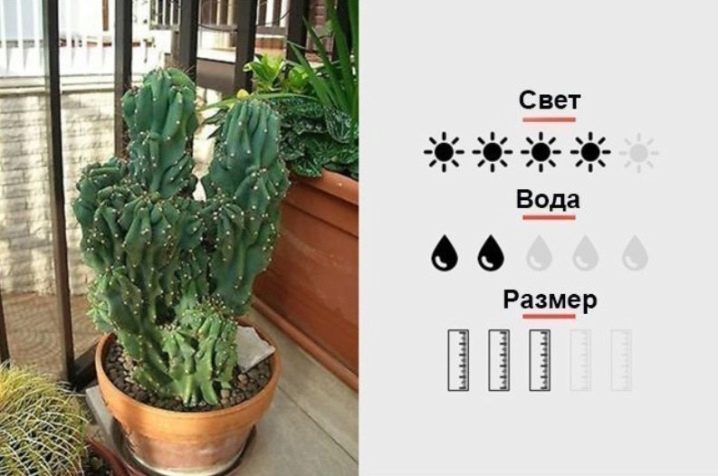
Watering
Most often, the procedure is carried out in the summer, closer to the cold it stops altogether in order to avoid rotting of the root system. It is undesirable to water with cold and hard water.
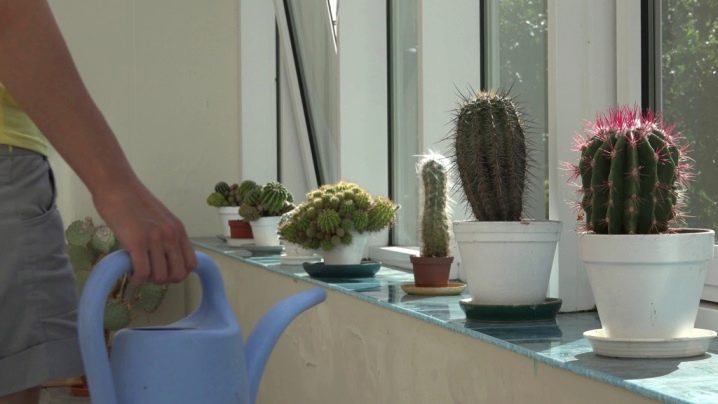
Humidity
Dry air, of course, will not kill the plant, but spraying with warm liquid will be very useful.
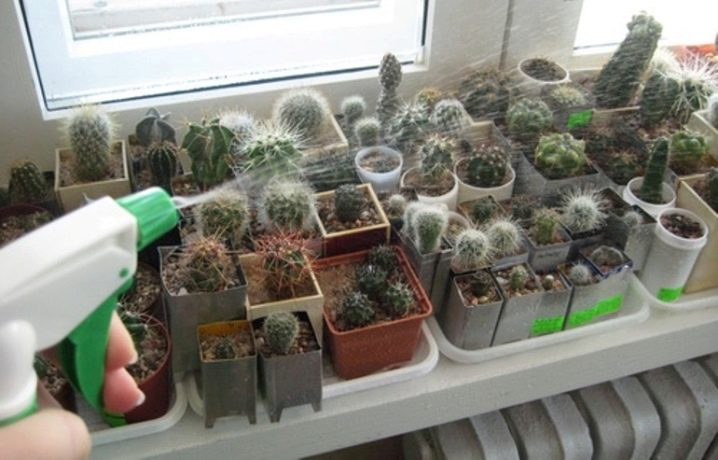
Top dressing
During the growth period, the cactus needs nutrients. For this, a liquid fertilizer created specifically for this type of flower is perfect. In winter, it does not need food.

Priming
Suitable soil is neutral and acidic. You should not choose the humus type.
In the case of using a ready-made mixture (for succulents) - add sand or grated brick.

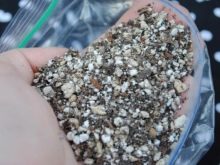
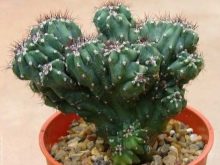
Transfer
First of all, you need to monitor the growth of cereus: if it is intense, a transplant is prescribed once or twice a year. Since the root system of the cactus is very voluminous (contains core and surface roots), choose wide, deep pots.
After the process itself, it is not recommended to apply fertilizers for 3 weeks.
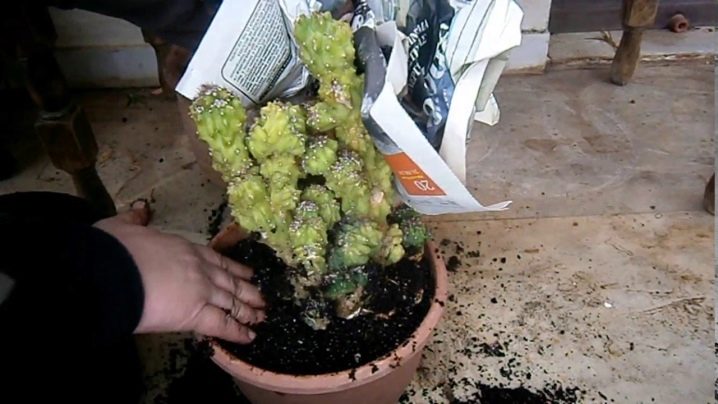
In the wild, the "Peruvian" reproduces with the help of seeds; in the conditions of home cultivation, florists have identified another method - cuttings.
Seeds
Time - April-May. The container is filled with sandy soil, a seed is sown there, watered a little and sent to a dark place before germination. The first seedlings have appeared - the container is moved to the light side, where the temperature is not lower than 20 degrees. After the appearance of the first thorns, it is allowed to pick.
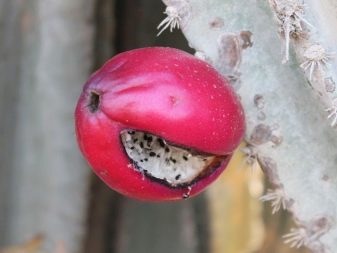
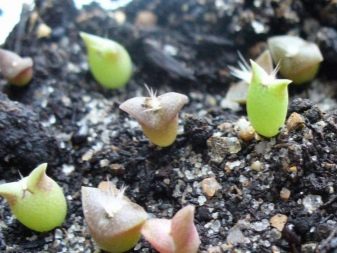
By cuttings
Time is spring-early summer. First of all, they start cutting cuttings: one shoot is cut into pieces. It goes to dry for 4 days. A low container is used for the plant, where moist, loose earth is laid out. The cuttings are slightly deepened.
After 3 weeks, the appearance of roots is observed, then it is necessary to wait for the strengthening of the entire root system, after about two weeks the cactus can be transplanted into separate containers.

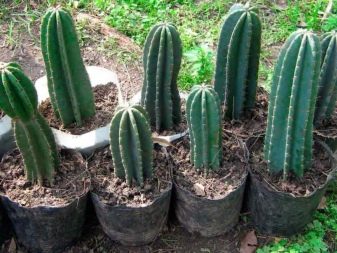
Diseases and pests
In the process of caring for the Peruvian Cereus, one should not forget about possible diseases, some of which can lead to the death of the plant. In order to protect the home cactus from trouble, regular preventive treatments with special agents should be carried out: insecticides, fungicides. An infection or disease can be recognized by the external state of the lower part of the stem, as well as folds.
- Mealybug presents itself as white and slightly fluffy spots. It is recommended to fight this pest with insecticides: spray the entire surface of the flower, as well as the root part, with the drug.
It will not be superfluous to transplant it into a new sterile soil.
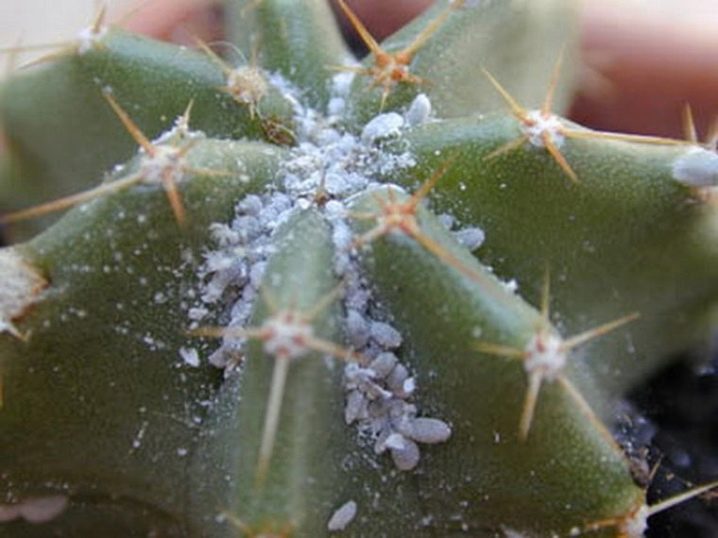
- Spider mite covers the flower with small red spots, and even a barely noticeable cobweb. If the ailment is not detected in time, dead spots of yellowish shades appear. Treatment consists in spraying with Aktellik, Aktara.
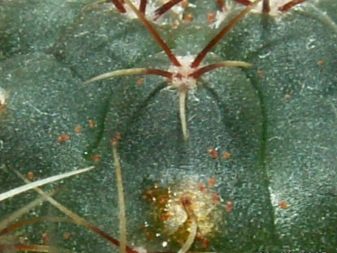
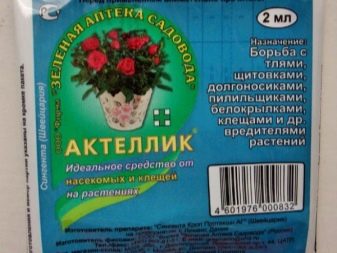
- Shield / false shield are small insects that suck out all the nectar, dehydrating the cactus. Threatens to the death of culture. You can destroy such pests with insecticides.
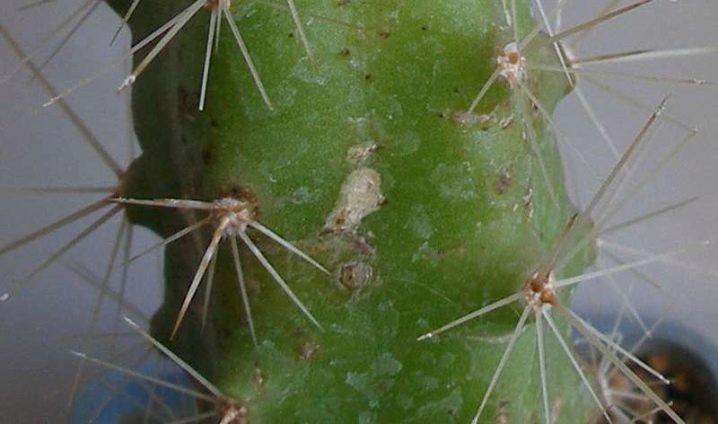
- Rot - a fungal infection that manifests itself in the form of soft purple specks on the stem. At an early stage of infection, you can get by with cutting out the damaged areas. True, after that it is necessary to quickly treat the place with alcohol, then sprinkle with coal powder.
It is recommended to completely change the soil, do not water for a while.
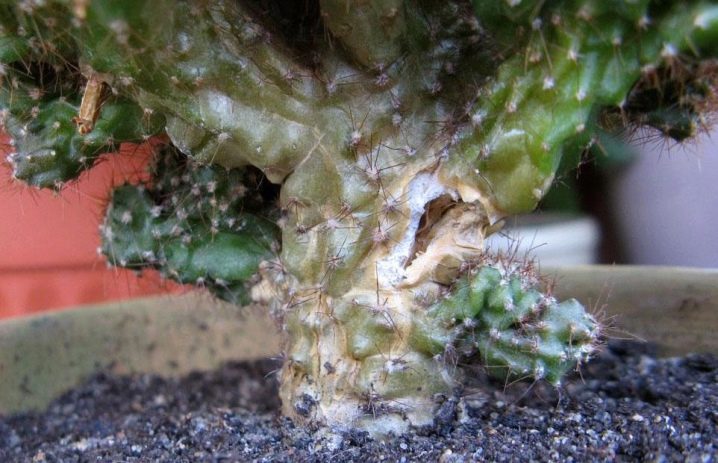
Conclusion
The main thing to take care of when growing a cactus is lighting and air temperature.
Experienced flower growers advise periodically to carry out preventive work against plant diseases that can ruin an already adult cactus. Today, the best remedies are fungicides and insecticides.

You can find out even more interesting information about the Peruvian Cereus in the next video.























































The comment was sent successfully.